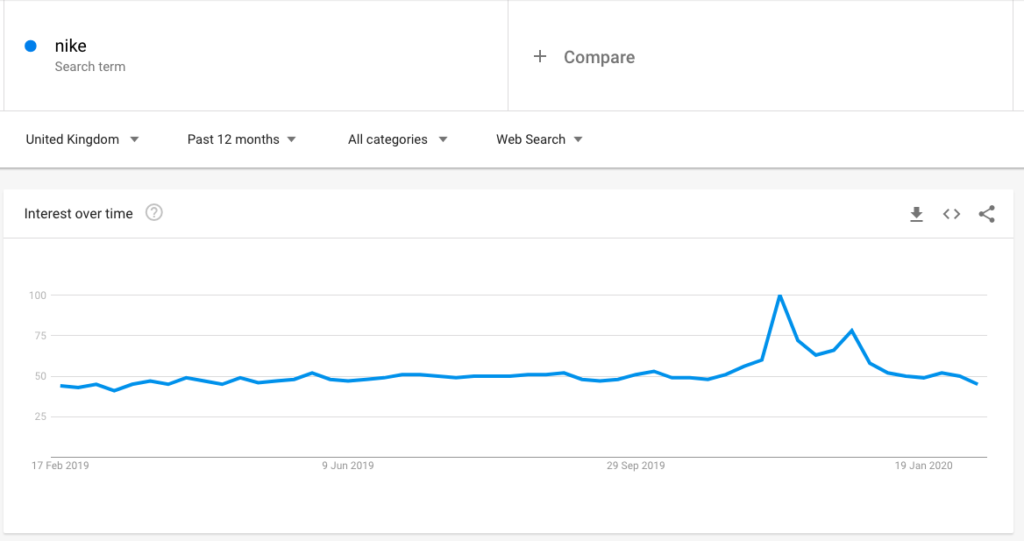Much too often, brand awareness campaigns are judged based on the direct revenue or conversions generated from a campaign. This is a fatal flaw and can lead to campaigns being axed unjustly due to poorly measured and judged performance.
Well, measured brand awareness activity is important for all sizes of businesses – from small startups looking to break into a market (likely to allocate a large % of their budget) all the way through to established brands which seem to already be well known all around the world.
How can you measure brand awareness?
Regardless of how you’re building brand awareness, in order to not fall into the trap of judging on ROAS or conversion volume, you must plan how you’re going to measure the performance of the campaigns.
Contrary to popular belief that brand awareness is a mythical art form which generates invisible results and “brand lift”, it’s actually very easy to monitor the effectiveness of campaigns with lots of different options available depending on the type of activity you’re running.
Email/Website surveys
Surveys are a very common way to measure brand awareness – using free tools, such as Survey Monkey, you can ask your website visitors specific questions to gauge their knowledge of the brand, their interest in your products or services and their likelihood to convert or recommend to a friend.
Facebook Brand Health Check
The Facebook Brand Health Check is free to use if you’re running any paid Facebook campaigns. Once you’re whitelisted for the service you’ll just need to supply three of your top competitors. Facebook will then run surveys alongside your ad campaigns to users in your target audience. They will ask questions to gauge brand awareness, brand recall and opinions on your company or service. Facebook will then ask the same questions to users in your target audience who have not seen an ad. This gives you some great metrics on the actual uplift in brand awareness from your paid social campaigns.
YouTube Brand Lift & Brand Interest Studies
Much like the health check from Facebook, if you’re making use of YouTube advertising in Google Ads you need to be measuring the effect they’re having properly! Google offers a brand lift and brand interest study at no cost. Speak to your Google rep about getting onto the whitelist for these. Once they’re up and running you’ll be able to see some super helpful metrics such as; ad recall, awareness, consideration, favourability and even purchase intent. One incredibly helpful metric available through the brand lift study is the cost per lifted user.
Google Analytics
Google Analytics is always a useful stop when you’re looking for any data on campaign performance. Brand awareness is no different. By doing comparisons on MoM and YoY data for your direct traffic you can see the change in users coming straight to your website either by typing in your address directly or using a saved bookmark. You can also use the search term report to see what users are entering into Google to find your site. Simply filter by your brand name and take a look at the ups and downs of branded searches.
Google Trends
Google Trends is a free-to-use tool that shows interest over time in your brand. You can break the data down by country, region and also look at specific date ranges to see how interest has changed YoY.

Which metrics matter?
Now that you know how to measure your activities, the real question is which metrics should you focus on?
All of the above methods combined will provide hundreds of different metrics on performance. Sorting through this data and choosing which metrics are important can be difficult. When the aim of your campaigns is to raise awareness you need to measure relevant metrics that apply to all campaigns such as impressions, search volume, clicks and site visits. These metrics alone, however, will not give a true indication of performance.
Traffic quality
Once you’ve got an idea of the volume increase in users that are aware of your brand, it’s important to then see what the quality of these new users is like.
Be sure to keep an eye on the bounce rate, average time on site, the number of pages visited etc. For even more granular results, use UTM tags in your campaigns so that you can filter these figures by source and medium to see the exact performance from each campaign or network.








